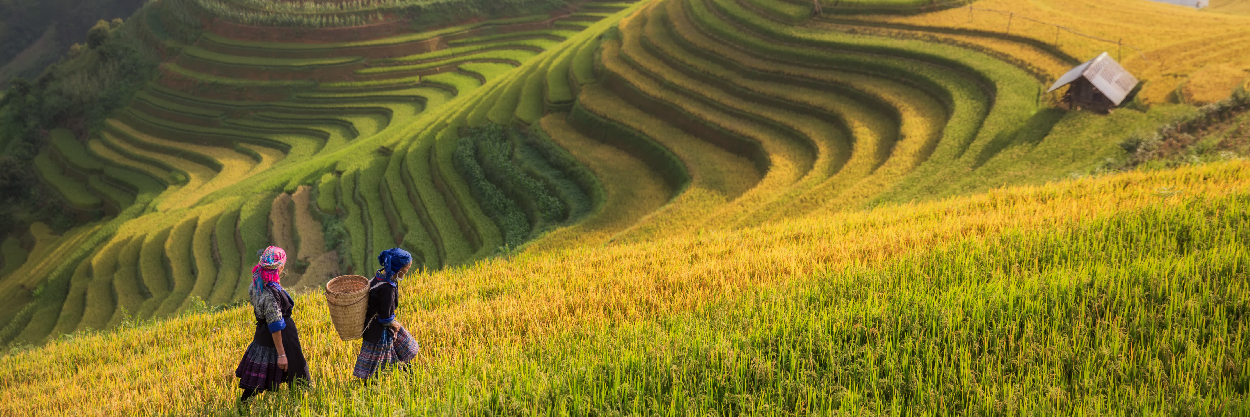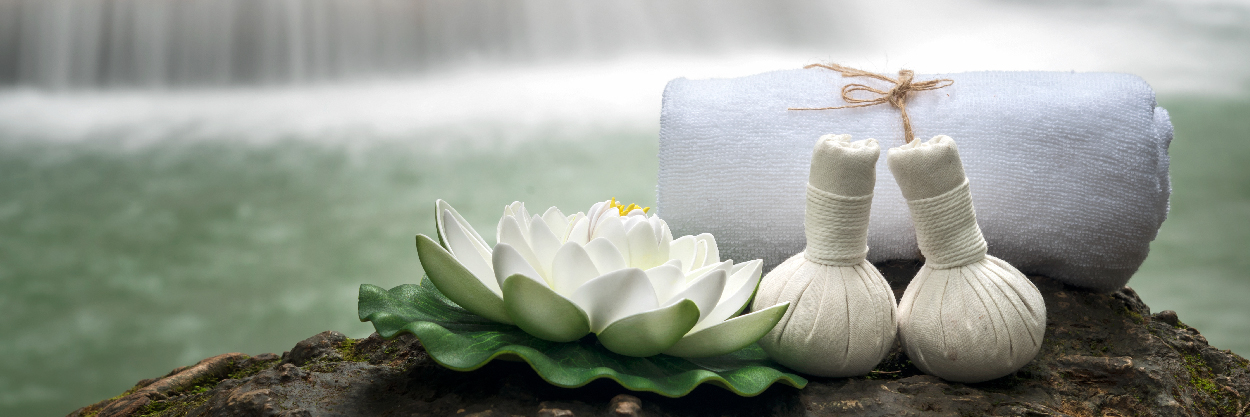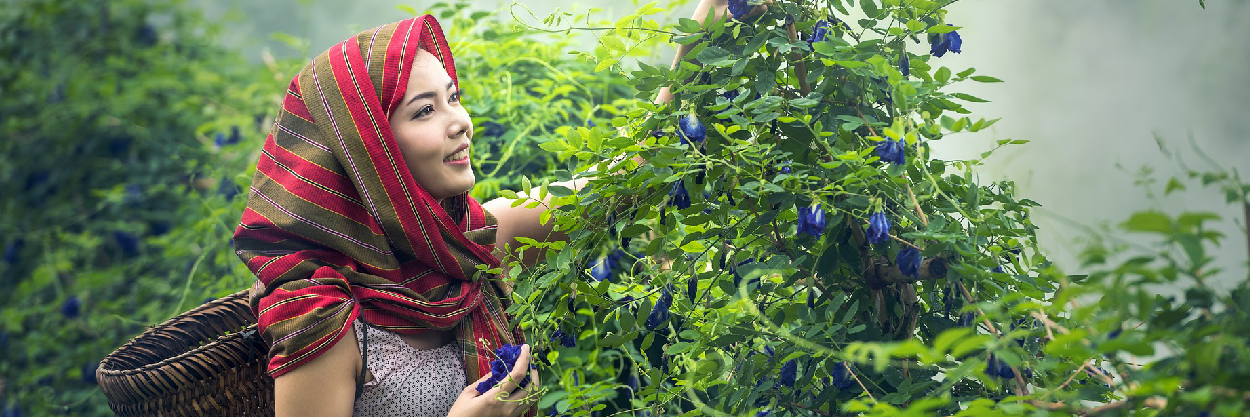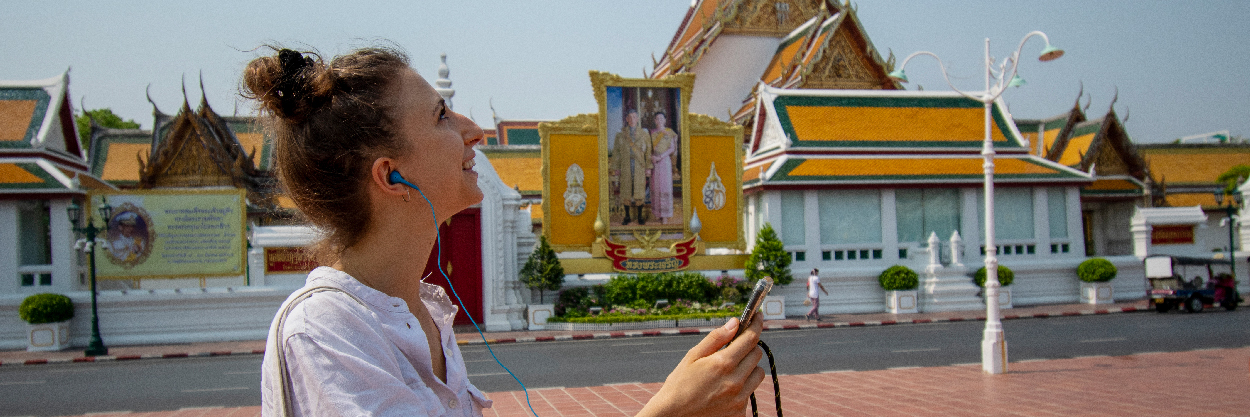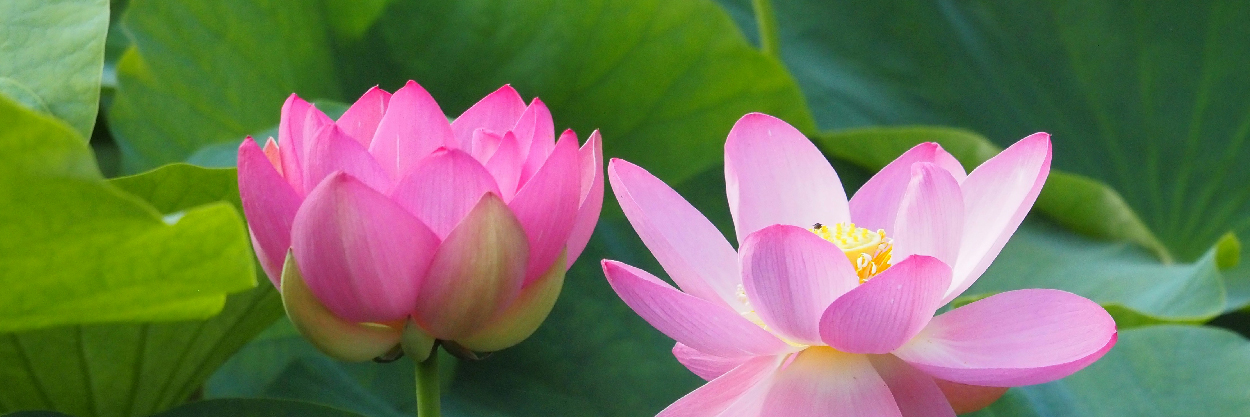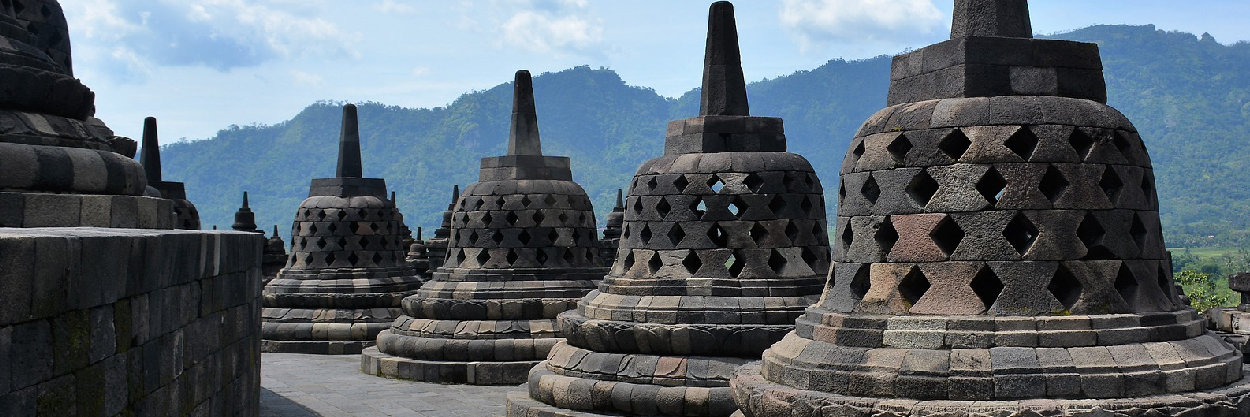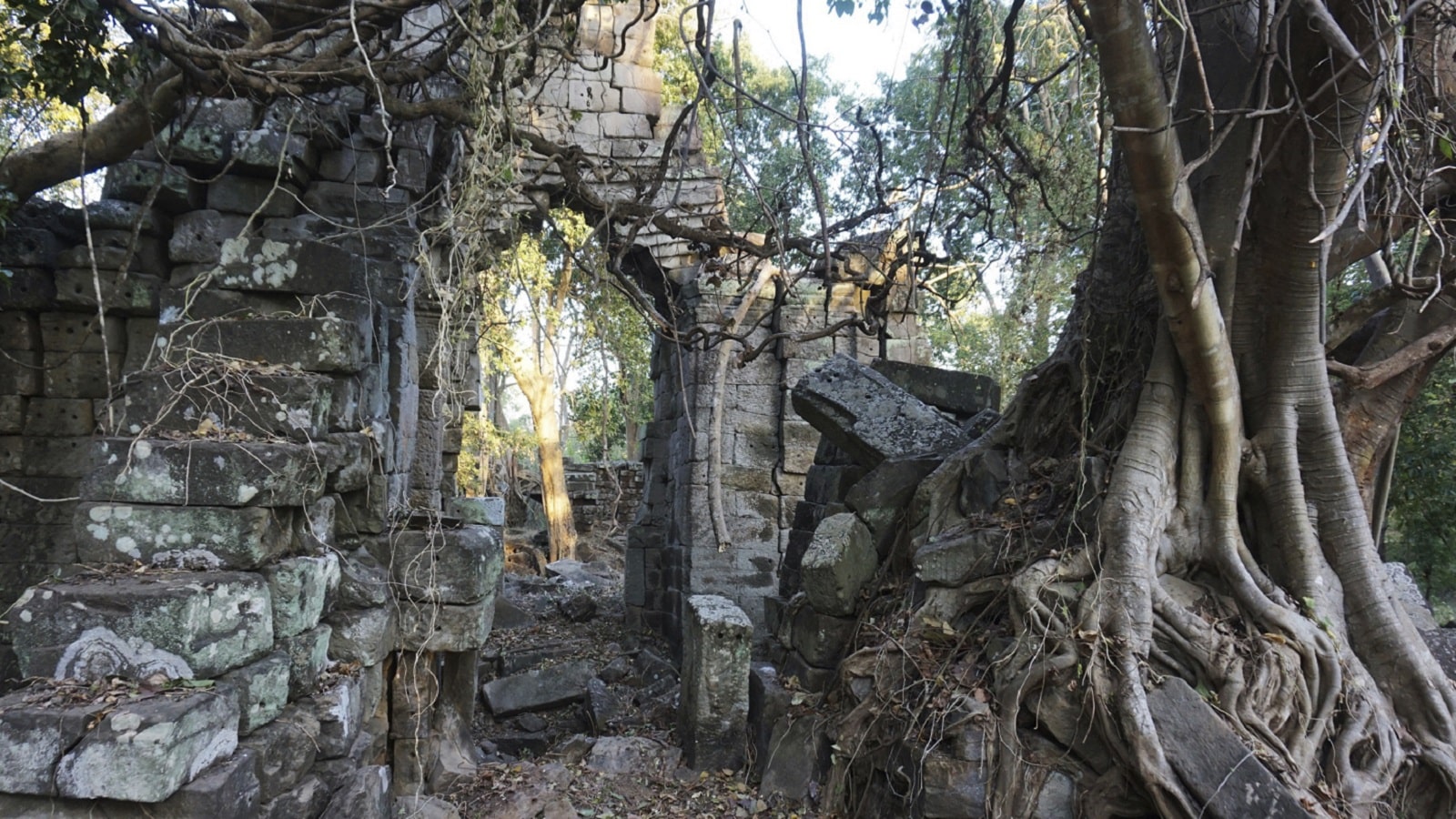
The Unknown Banteay Chhmar Temple
The Unknown Banteay
Chhmar Temple
An adventure that brings you deep into the unknown parts of Angkor. Banteay Chhmar is an example
of how a capital city looked centuries ago and makes part of rural community life.
The art of silk weaving is added as a bonus before your Siem Reap return.
WHY THIS TOUR?
Surrounding Siem Reap are often temple ruins, left aside to focus on the landmarks that make Angkor such an attraction. These off-the-chart ruins have played a crucial part in the development of the Khmer Empire. One of these lies hidden in the far north-western corner of the former Angkor kingdom – Banteay Chhmar.
Banteay Chhmar is located around 60 kilometres away from Serey Sophoan and was constructed during the reign of Jayavarman VII in the 12th/13 century. The central temple once held an image of Srindrakumaraputra (the Crown Prince), probably a son of Jayavarman VII.



TRAIL ITINERARY
08:00 - 17:00
To get to this gem of the Angkor era, we leave Siem Reap early and head out into the countryside, away from the more trodden paths. Thought to translate to ‘The Small Citadel’ or ‘Narrow Fortress’, Banteay Chhmar is the Angkorian period’s fourth-largest temple after Preah Khan, Angkor Thom and Angkor Wat. Considered as the country’s most important temple of the same era, the complex consists of a moat and reservoir set in a remote, lush and unspoilt setting. Although little is known about the temple, it is known that King Jayavarman VII commissioned it in the late twelfth and early thirteenth century and a shrine within the complex held the image of his Crown Prince.
Because of its secluded location, received a few visitors only and waits to be discovered. The Old Khmer inscription found at the site and now on display in the National Museum in Phnom Penh relates how this prince was protected on two different occasions by four generals, all of whom lost their lives in the defence. The names of these generals are listed in the inscription, and in each of the four corners of the sanctuary, where their respective images form permanent markers.
After a local lunch at a community restaurant, we make a stop at a French NGO project call “Les Soieries du Mekong’. This not-for-profit project is encouraging, and training, young Cambodians in the region around the temple keeping traditional silk weaving skills alive. An admirable initiative that gives these young artisans a source of income and a brighter future.
It will be a long drive back to Siem Reap, but en route, the true heart of traditional Cambodia will keep you entertained until your return at your overnight address.



